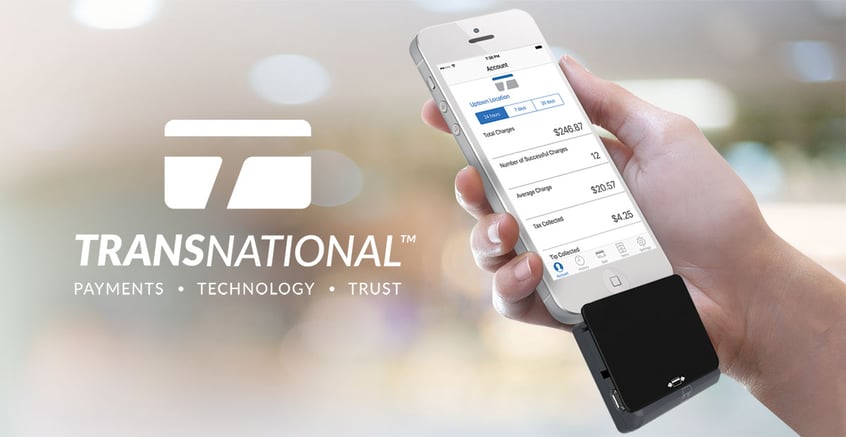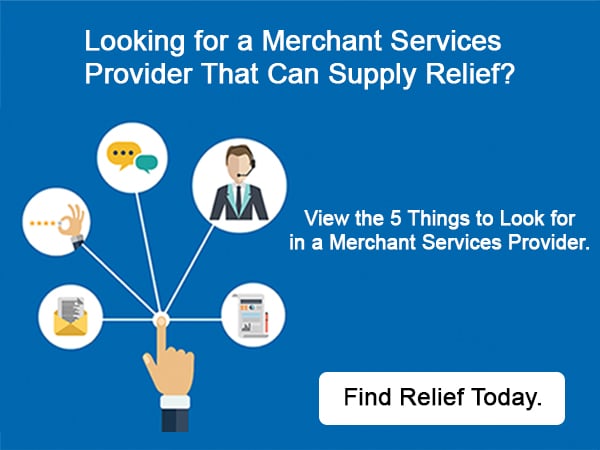Mobile payments are simple, quick and secure — hence the growing trend. So what are mobile payments? And what does this mean for you and your business?
According to a survey on mobile behaviors included in a recent white paper published by 451 Research and Discover Global Network, 76 percent of consumers have made a purchase via a mobile website and 53 percent used a mobile “pay” button or one-click checkout service.
This is something to think about even if your current customer base doesn’t consist of what you might consider a mobile crowd, it’s important to plan for the future and understand that customers will continue to naturally gravitate toward a more seamless payment experience that happens to be offered by mobile. There is no reason to wait for the future to start improving your business — we've compiled a list of the top 5 frequently asked questions about mobile payments to help you better understand.
1. What are mobile payments?
Mobile credit card processing payments are regulated transactions that take place digitally through a mobile device. Specifically for businesses, mobile payments are when you are using an app on your mobile device (mobile phone or tablet) and a card reader to accept payment for specific goods or services from your customer.
2. What is a mobile wallet?
A mobile wallet is an application that securely stores your credit card details so that you can pay for things digitally. How do you use a mobile wallet? A consumer can download a mobile wallet application on their phone and add credit or debit card information that will be stored securely. Most mobile wallets require thumbprint authorization (or other security measures) in order to access the mobile wallet to pay.
3. How do mobile payments work?
A turnkey mobile point-of-sale (mPOS) solution, like TransNational Payments’ Mobile Payments Solution, is an app that offers a great EMV-ready mPOS solution for merchants who want to accept payments on-the-go. The interface is typically iOS & Android compatible and makes it easy for merchants to take mobile payments. Mobile payment apps are used by a wide range of merchants, including: beauty and barber shops, doctors and dental offices, in-home services businesses, nail salons, parking lots and valets, restaurants, retail shops and dozens of other types of businesses looking to take payments on-the-go.
4. What are the benefits of mobile payments?
Mobile payment are secure, fast and convenient. Most importantly, they allow you to take your business and payments anywhere. Also, mobile EMV chip card readers are often less expensive than a traditional EMV credit card processing terminal and provide more features.
5. What's the future of mobile payments?
Because of their enhanced security features and convenience, mobile payment adoption will continue to increase. Mobile payments are an increasingly attractive way to pay because they’re secure, fast, and convenient. In 2017, mobile payment volume will reach $75 billion and should increase to $503 billion by 2020.











 Facebook
Facebook Twitter
Twitter LinkedIn
LinkedIn Youtube
Youtube Glassdoor
Glassdoor